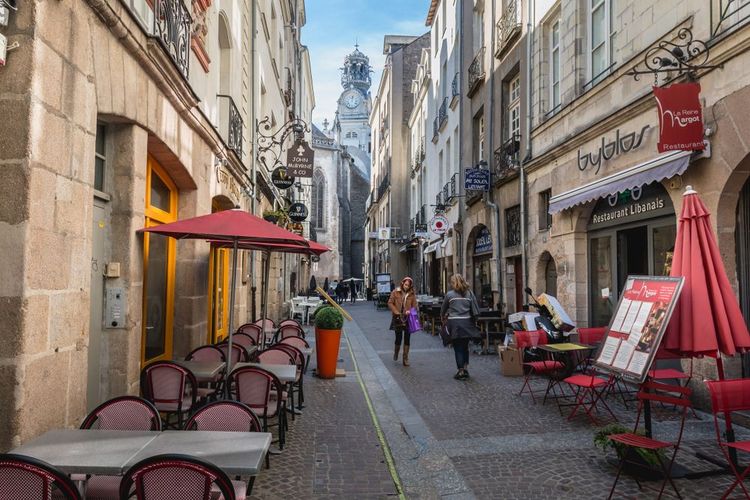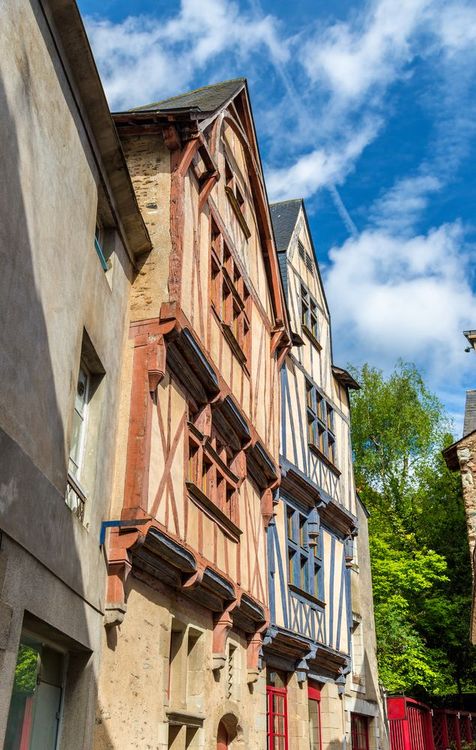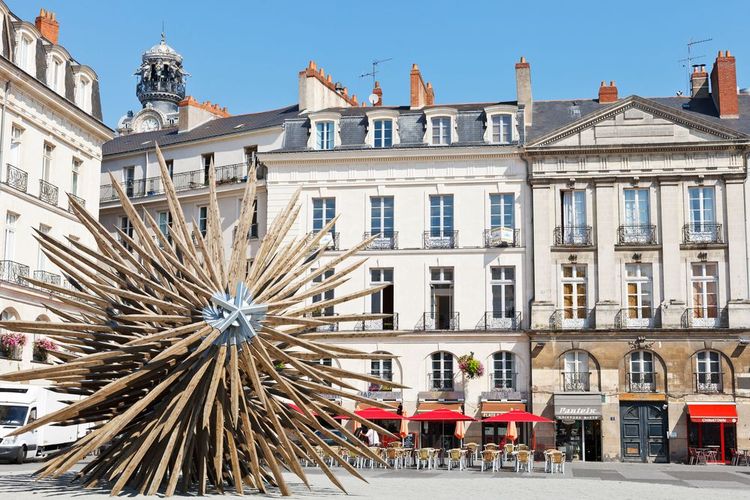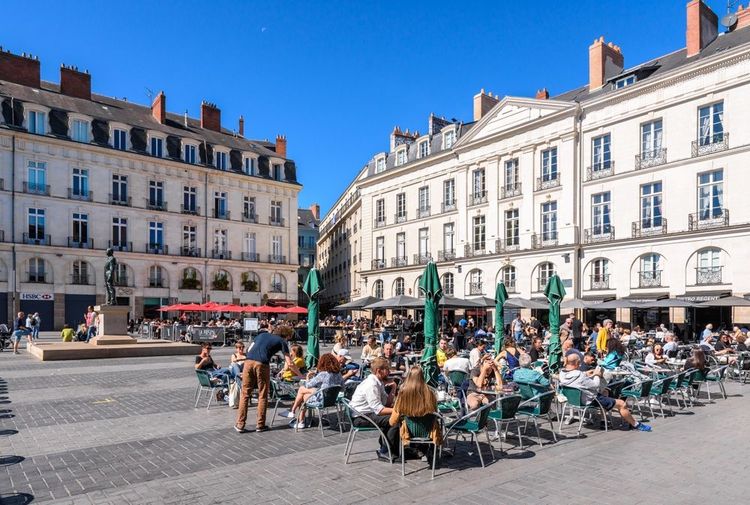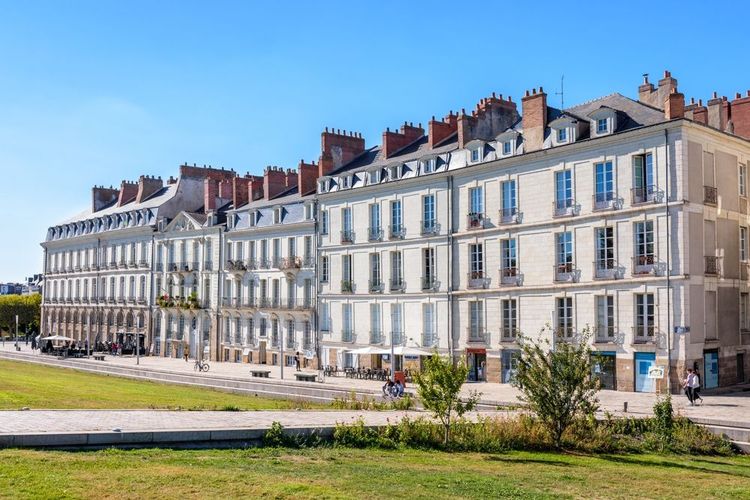A little history
Just a stone's throw from the Château des Ducs de Bretagne and Saint-Pierre and Saint-Paul Cathedral, the Bouffay district is Nantes' historic city centre, dating back to the arrival of the Namnètes, the Gallic people who gave their name to the city. Bouffay was the beating heart of Nantes in the Middle Ages, and its medieval identity lives on in its narrow streets and the presence of several half-timbered houses built in the 15th century, including the superb Maison des Apothicaires, which now houses a restaurant.
